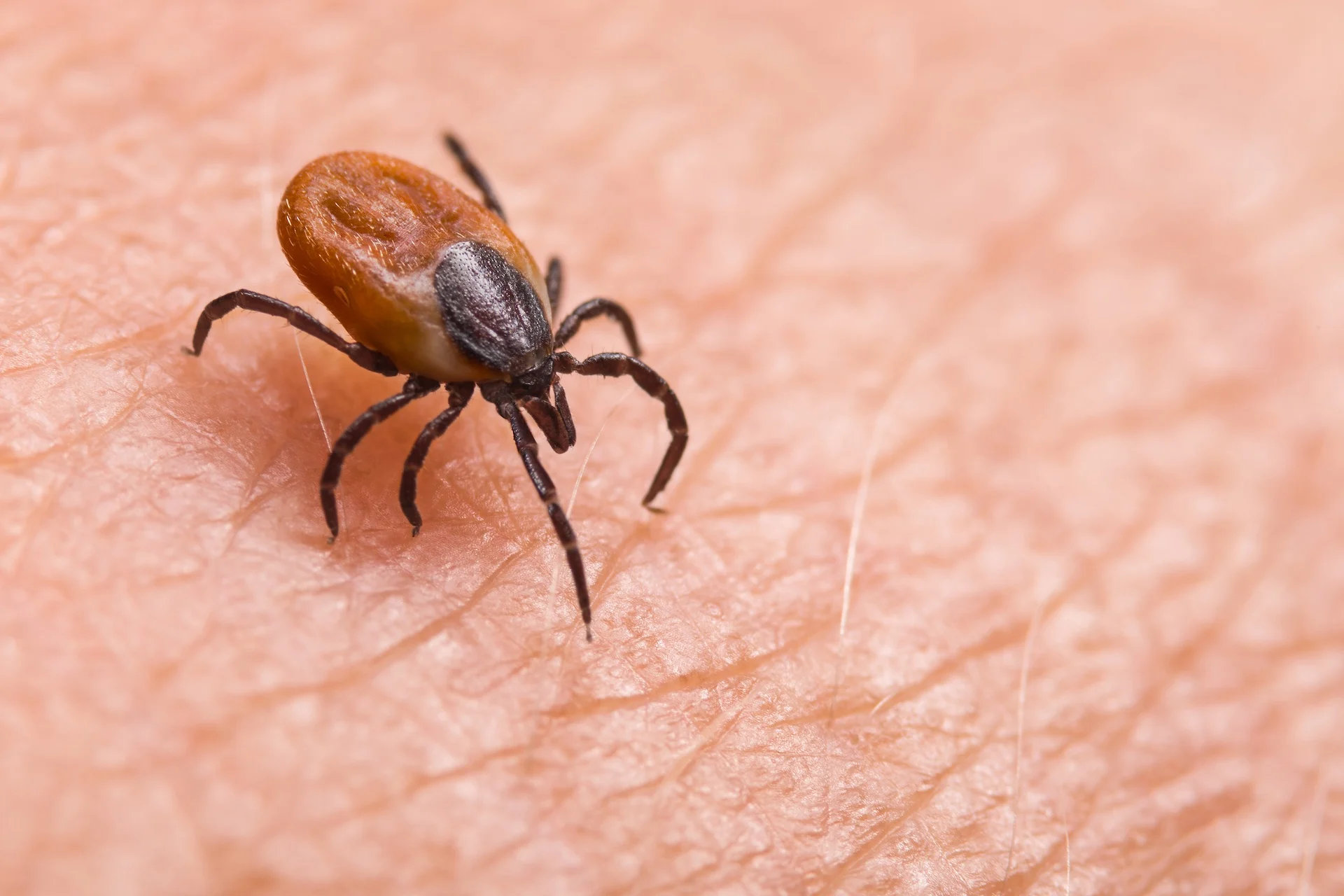
Bitten by a tick? Here's the trick to handling it in a safe manner
Tick bites can fly under the radar, but there are signs to look for and steps to take to remove the parasitic arachnids, and precautions to follow when in places they are known to occupy.
Ticks are rather small in size, but some of them can cause great harm to human health.
They are so minuscule that most people are unaware if they have been bitten when it happens, according to Dr. Kirk Leifso, assistant professor and residency program director at Queen’s University.
DON'T MISS: Now that spring is here, so are ticks. Here's what you need to know
But if a tick does get embedded in a person's skin, it's important to remove it properly. It generally doesn't take long to do so, either, he added.
When one is found, it should be removed immediately using fine-tipped tweezers to grasp the tick as close to the skin as possible. After removal, a person should wash the area with soap and water, and then disinfect it and hands with rubbing alcohol or an iodine swab.
While some may experience redness, swelling or itching at the bite site, often there's no reaction at all. However, prolonged attachment from an infected black-legged tick, also known as a deer tick, can allow for the transmission of the bacteria that causes Lyme disease.
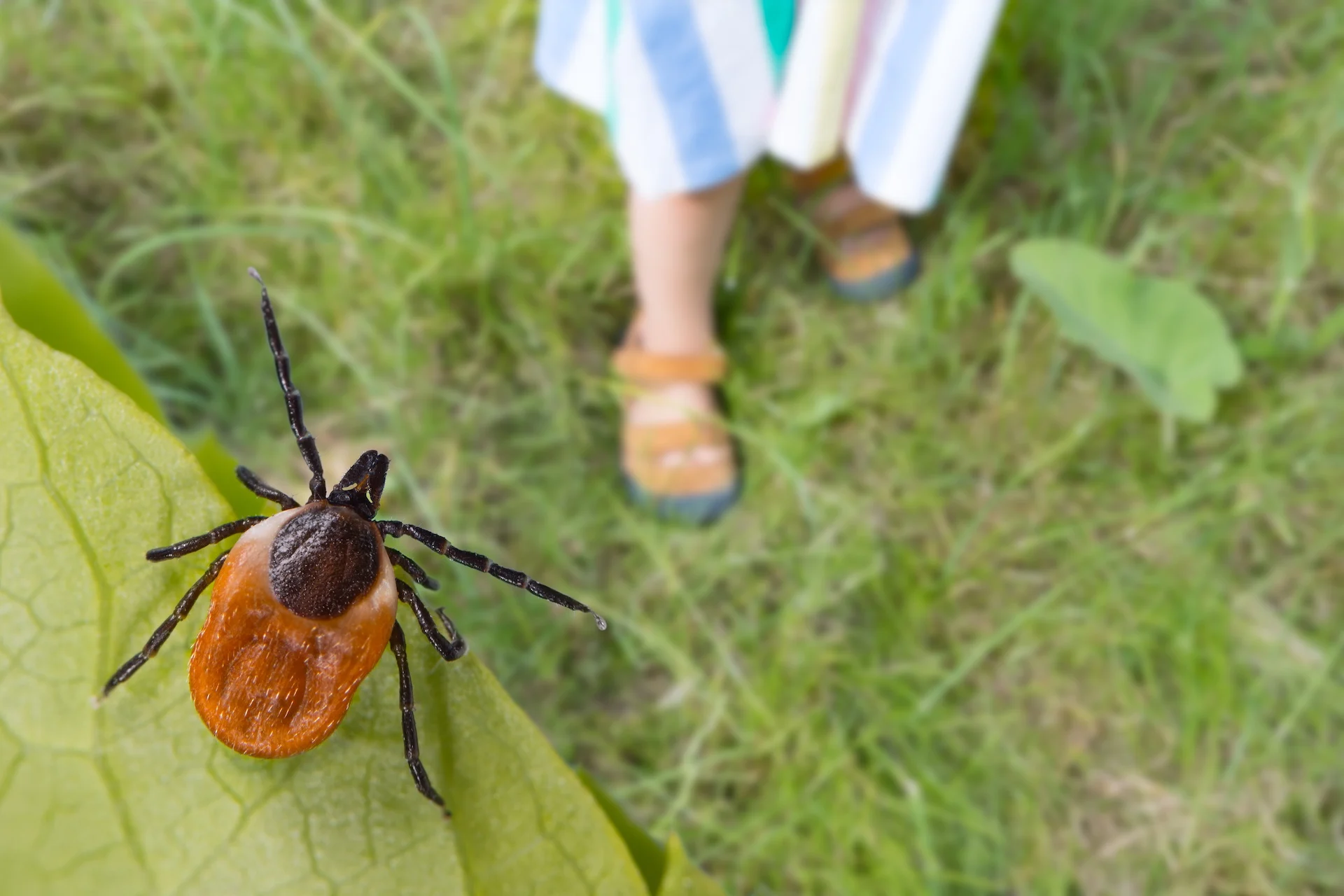
(Getty Images - 1326342998)
"In places where Lyme disease is endemic, it's really important for us to be aware all the time about tick-bite prevention, but also in the manifestations of Lyme disease," said Leifso, in a recent interview with The Weather Network. "The earliest [manifestation] being the rash, which often is classically described as a bull's-eye.”
Leifso added, "it's really only if we're worried about a tick-borne infection in these areas, predominantly Lyme disease, where you may see those symptoms at the site."
Ticks need to be attached for at least 24 hours to pass on bacteria
Ticks feed by cutting through the skin and feeding on their host's blood. They can also be quite dangerous due to the threat of passing various diseases from a single bite.
According to the federal government, Lyme disease is caused by a bacterium called Borrelia burgdorferi –– spread through the bite of infected black-legged ticks. They need to be attached to the host for at least 24 hours in order to transmit the bacteria that causes Lyme disease.
If it goes untreated, Lyme disease can make people feel tired and weak, according to the Ontario government. In severe cases, it can affect the heart, nerves, liver and joints. Symptoms from untreated Lyme disease can last years and may include recurring arthritis and neurological problems, numbness and paralysis. In very rare cases, it can result in death.
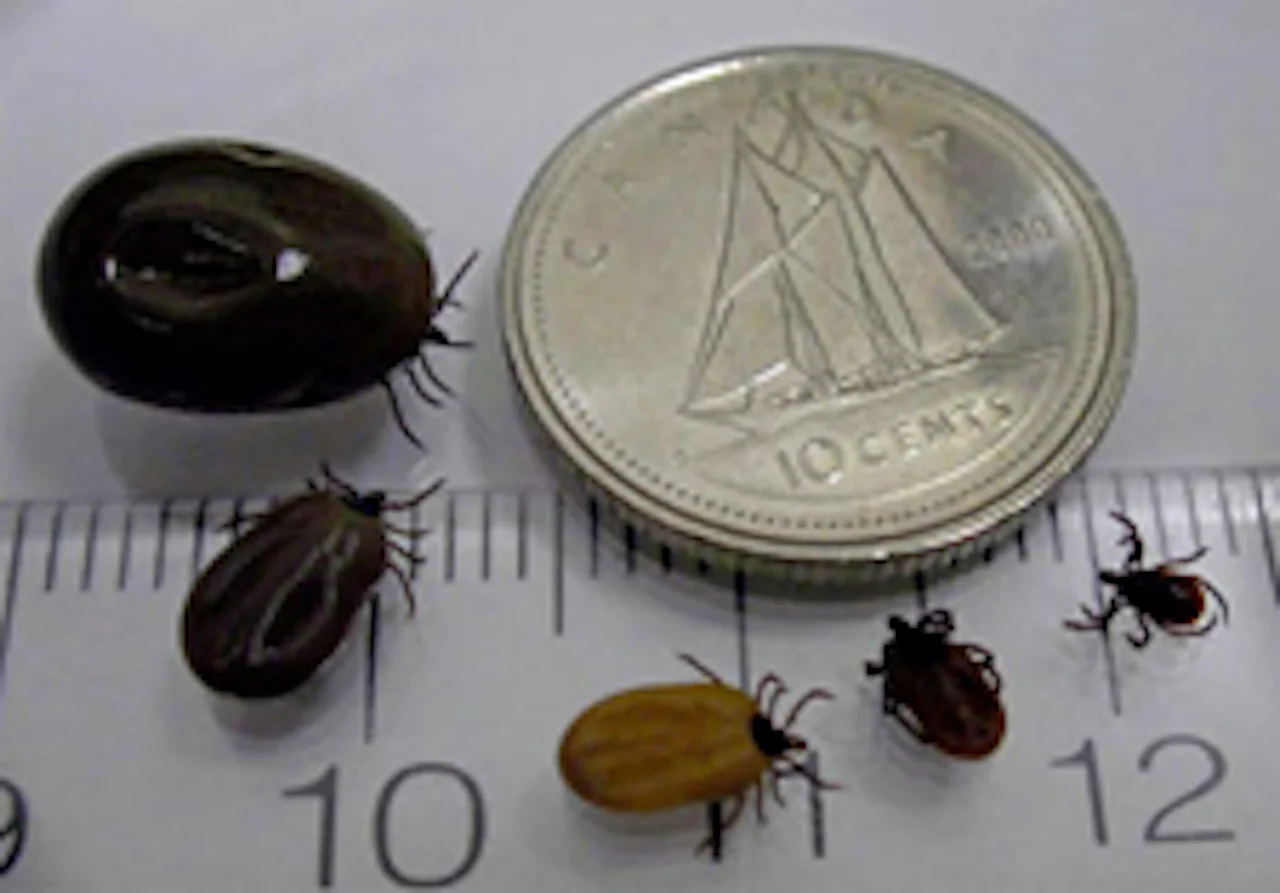
(Government of Canada)
"That solitary rash is usually just within the first three to 30 days following a tick bite. But those other things, like the arthritis, can come months to a year after that tick bite," said Leifso. "It may not be recognized that it was related to either a tick bite or even Lyme exposure."
Where ticks can be found, tips for avoiding them
Ticks are known to reside in wooded areas or environments with tall grasses and bushes, including some city gardens and parks. So, people could be at risk of encountering them if they're hiking, camping or gardening.
"The best way to prevent or avoid ticks is to be safe in those areas. If possible...if you're hiking through the brush, wear long pants. Tucking in the pant legs into the socks can help," said Leifso. "Wearing light-coloured clothing [is helpful] because then you can notice the tick on it and just brush it off."
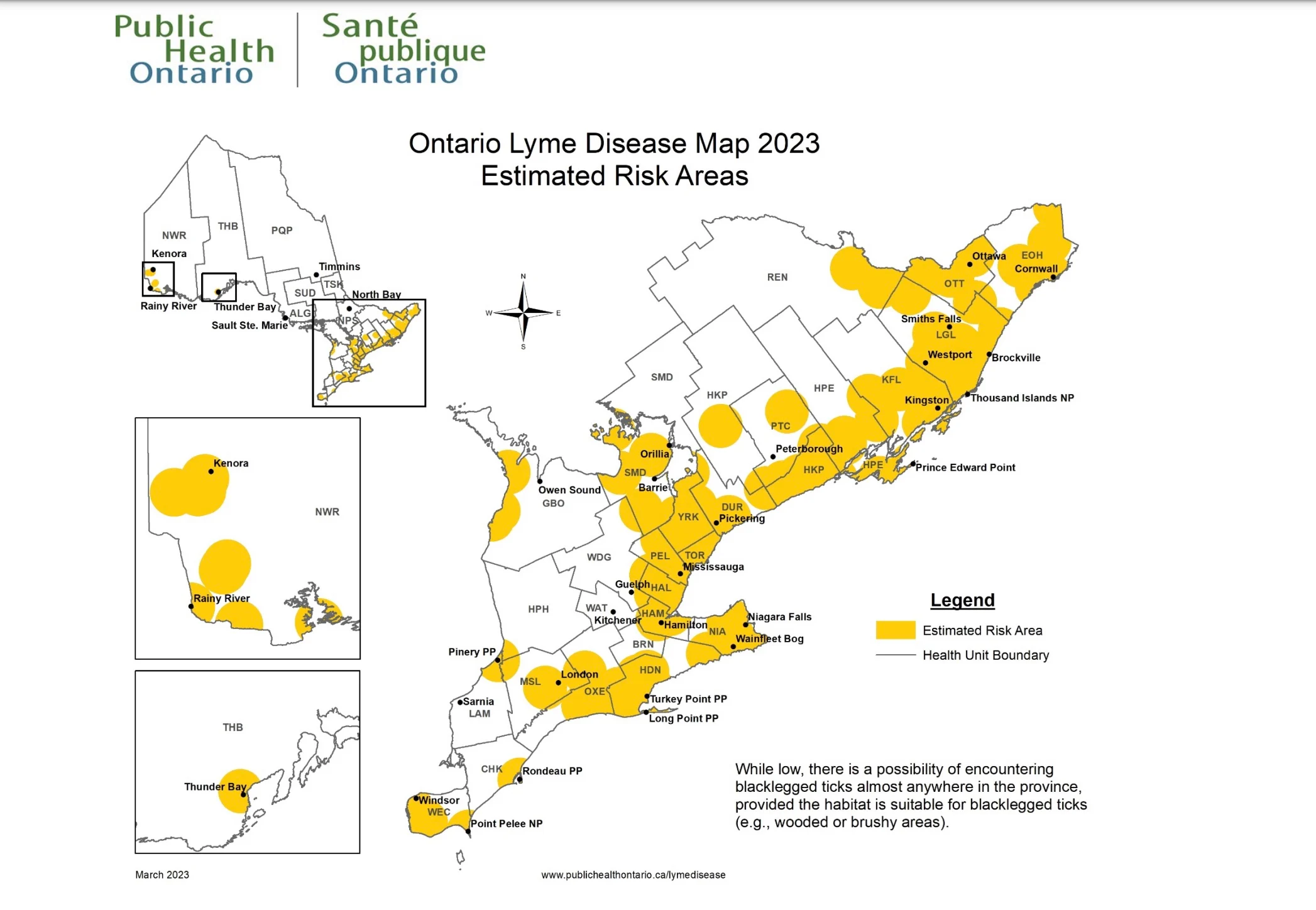
Areas in Ontario where you are more likely to find black-legged ticks in 2023. (Public Health Ontario)
The Queen's University assistant professor also recommends the use of insect repellent on exposed skin or clothing, either a DEET- or carbon-based product since both "effectively repel ticks."
Other suggestions include a full body inspection for ticks at the end of the day -- looking in spots where they tend to hide -- showering to ensure there are no remnants of it and inspecting pets, since they are not immune to bites, either.
“It's just really important for us to recognize the early manifestation of Lyme so we can treat it, and recognize the different stages of Lyme disease [since] it does have different presentations," said Leifso.
With May designated as Lyme Disease Awareness Month, and summer around the corner, now is a good time for people to be familiar with preventative measures if they're in or heading out to areas inhabited by ticks.
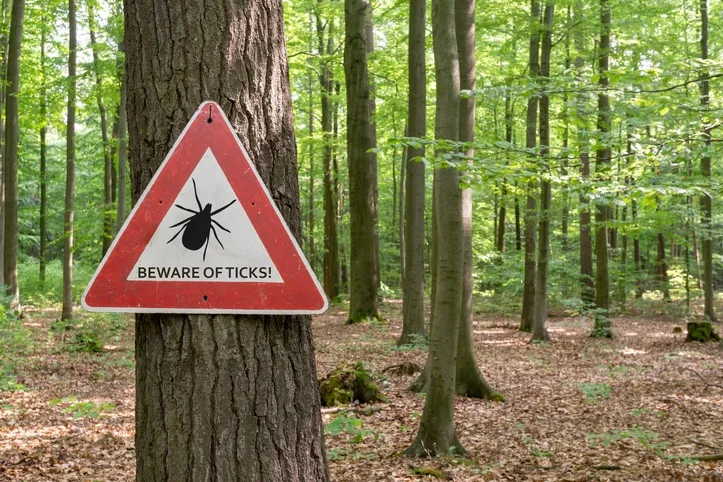
(Getty Images)
Leifso noted that ticks are most active in the spring and summer, but can be found any time of year when the temperatures are above 4°C.
"Any time from spring through fall, people should be tick-aware and should be taking the recommended precautions, especially if they're in areas where we know there's lots of ticks, but also where there is known to be a high burden of Borrelia, the bacteria that causes Lyme disease," said Leifso.
With up to 40 different kinds of ticks found in Canada, and a growing need for identification, eTick was born -- a public platform for image-based recognition and population monitoring in Canada. People are encouraged to take a photo of the tick, and submit it and the information to eTick so experts can help identify it and track the species.
Click here if you need help identifying a tick now.
WATCH: You've been bitten by a tick, what to do next
Thumbnail courtesy of Getty Images - 1162834740.
With files from Rachel Schoutsen, morning show host and journalist at The Weather Network, and Victoria Fenn Alvarado, video journalist, content Creator, media producer and video editor at The Weather Network.
Follow Nathan Howes on Twitter.











